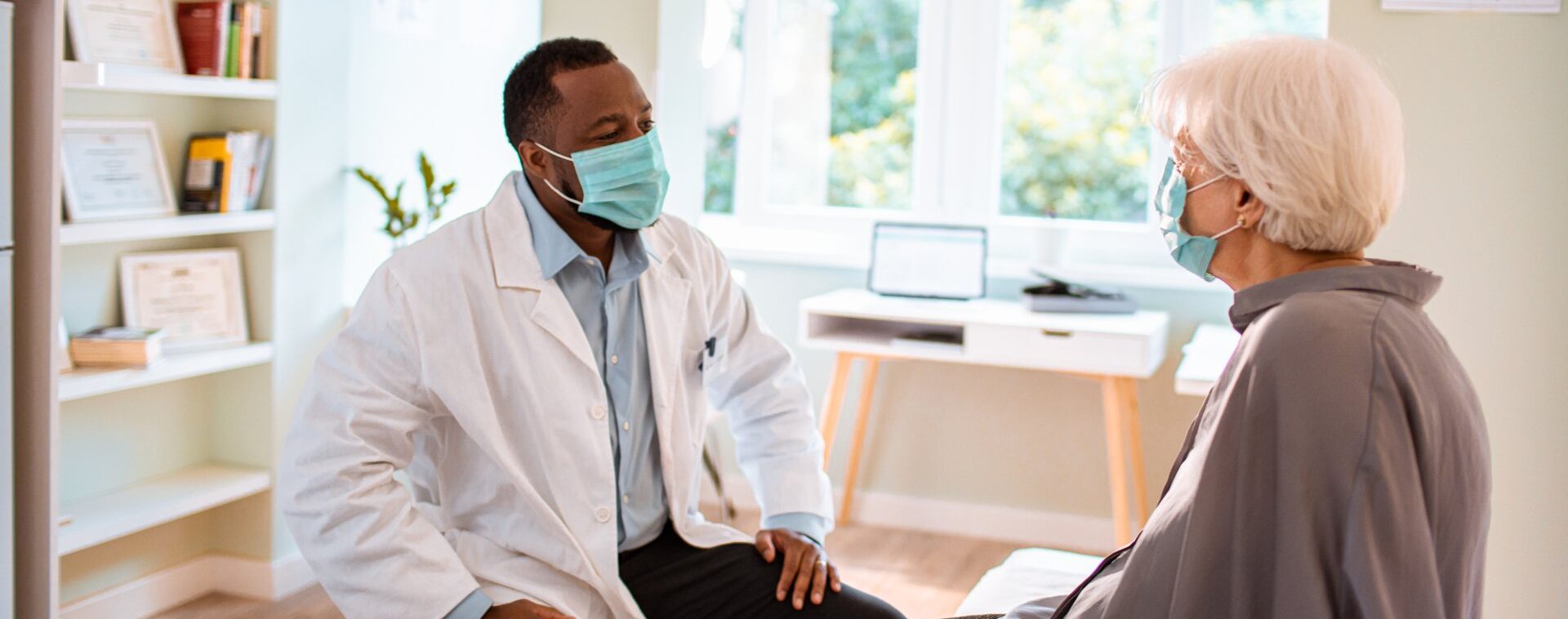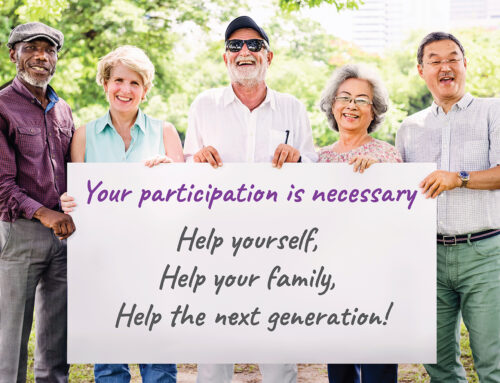The cost of misunderstanding healthcare and how to increase education


Health literacy is the ability to understand health care information and to make appropriate decisions with regard to that information. Let’s face it, very few of us completely understand what I like to call “Doctor-Speak”. You know, the complicated diagnosis that sounds like, “Sir, you’ve suffered a severe hypertensive emergency”, or the “I’m sorry ma’am, it appears your son was in diabetic ketoacidosis.” You are not alone. It is estimated that 36 percent of the U.S. population suffers from low health literacy, roughly 90 million men and women, according to the National Assessment of Adult Literacy. The Center for Health Care Strategies estimates that issues resulting from low health literacy cost up to $236 billion annually. Still, health literacy impacts more than the economy’s finances.
Impacts of Low Health Literacy
- Medication errors
- Low rates of treatment compliance due to patient and/or provider miscommunication
- Unnecessary emergency room visits and low use of prevention services
- Ineffective or mismanagement of chronic disease resulting from issues with self-care skills
- Increased hospital admissions
- Poor responsiveness to public health emergencies
- High mortality rates
At such a high cost, it’s no surprise that efforts are popping up across the country to increase health literacy. Who is responsible for health literacy? We are all responsible for improving health literacy. This includes patients, providers, family members and healthcare marketers. While we know millions have been identified as having low health literacy, many more are straddling the fence of low health literacy.
Who Risks Having Low Health Literacy?
Those who have low health literacy or who are at an increased risk of having low health literacy include:
- People with lower socioeconomic status or with low education levels
- Senior adults
- Non-residents or those who speak English as a Second Language (ESL)
- Those on public assistance such as Medicare and/or Medicaid
Choices about our health drive our daily activities. Whether it’s what we eat or what we search on WebMD about our symptoms, making informed decisions about our bodies and care are integral parts of overall health and wellness. Therefore, health literacy is a top priority. How do we improve health literacy? Below are our top recommendations to help improve your understanding of healthcare information:
- Keep it simple
- Easing Navigation
- Modify healthcare delivery
Keeping it Simple
Whether you’re a healthcare provider or consumer, the acronym KISS, short for keep it simple students, is applicable here. With more than 115 million Americans living with one or more chronic diseases, according to the Centers for Disease Control, simplicity could have far reaching benefits. Breaking complicated medical jargon down to the sixth-grade reading is one of the top ways to simplify health literacy. In addition, using clear and concise language to share information and ask questions. Do not be afraid to ask qualifying questions to ensure the message you intended was received in the way you intended for it to me.
Easing Navigation
The only thing worse than misunderstanding your healthcare provider is misunderstanding the provider and experiencing uncertainty about the next steps in your care continuum. Providers could ensure easy-to-understand signage is placed throughout the facility regarding the type of care offered there, make referral information readily available and encourage a high level of patient assistance to develop a trusting and loyal relationship with patients. To ease navigation, patients may give themselves grace. Often times, patients are trying to navigate uncharted territory. Territory that the providers have spent years familiarizing themselves with. An important part of participating in your own care is understanding this truth. Ask questions when you do not understand. Do not be intimidated by complicated treatment plans. Instead, be up front about your goals and seek to build a collaborative relationship with your care provider around those goals.
Modifying Healthcare Delivery
It seems cliché, however delivery is key. No, we don’t mean in terms of the Amazon no-contact delivery on your front porch, or the doctor’s bedside manner. Instead, we’d like to focus on delivering treatment options that meet the patients where they are, as a whole. The Center for Healthcare Strategies, Inc. outlines a plan that we believe does just that. Their plan illustrates, in part, the following points for patients and providers:
- Give guidance on nutrition and lifestyle that aligns with patients’ cultural, dietary, and/or religious values.
- Respect cultural norms around body language, clothing, and gender during appointment interactions.
- Include diverse backgrounds and skill sets in care teams to meet patients’ range of medical and social needs.
- Link patients with community-based services and supports outside of the clinic. Health Information.
- Translate health materials into multiple languages and provide interpreter services for in-person encounters.
- Increase racial, ethnic, and linguistic diversity among professional and paraprofessional providers.
- Train providers and front-line staff in cross-cultural communication, trust-building, and motivational interviewing.
This Health Literacy Month, you’re encouraged to take control of what you know and understand about healthcare. If something isn’t adding up, ask more questions. If you’re not certain what the doctor is saying or what they mean, do not be afraid to ask for clarification. Because improving health literacy is everyone’s responsibility. You are not alone. Physicians are also encouraged to ramp up their efforts to improve health literacy rates by simplifying communication, avoiding jargon and helping patients easily navigate facilities and treatment plans.
Let us know how you do!





